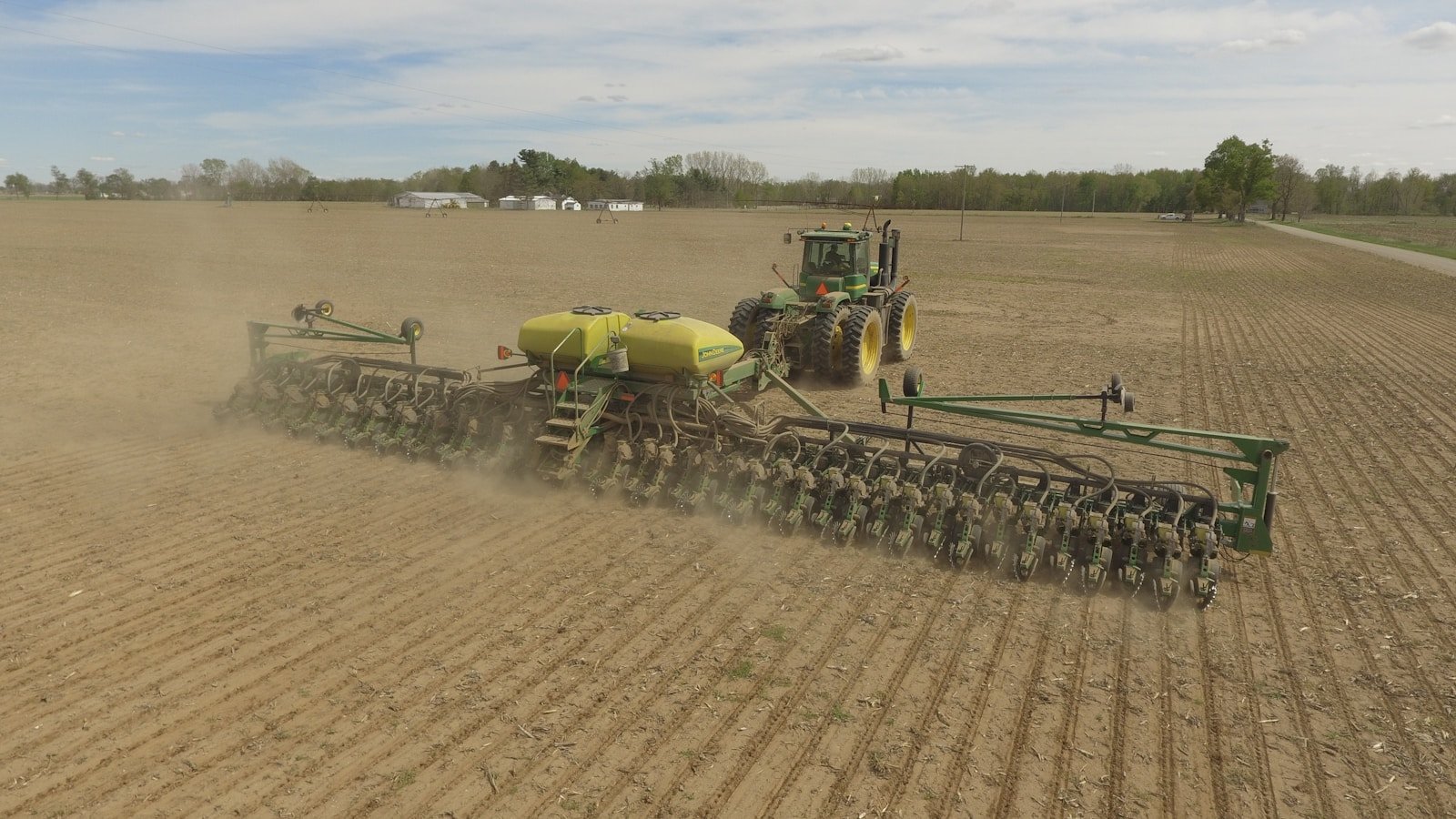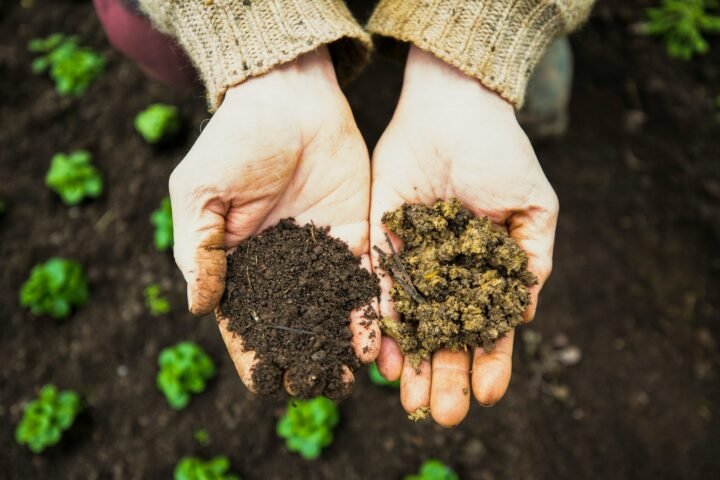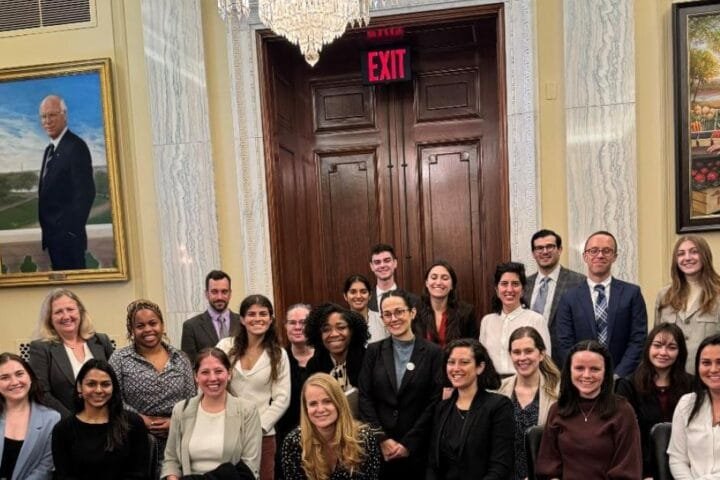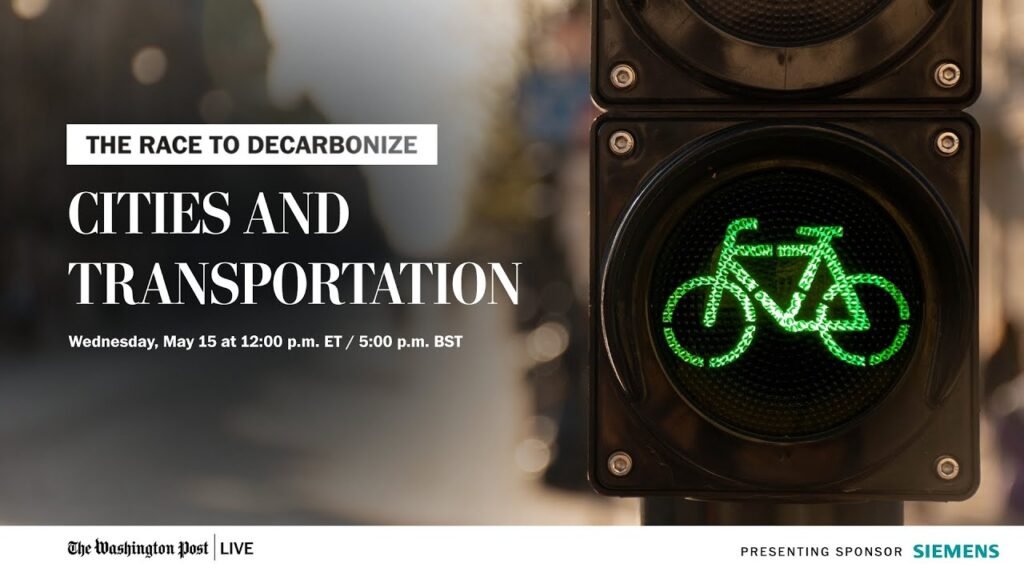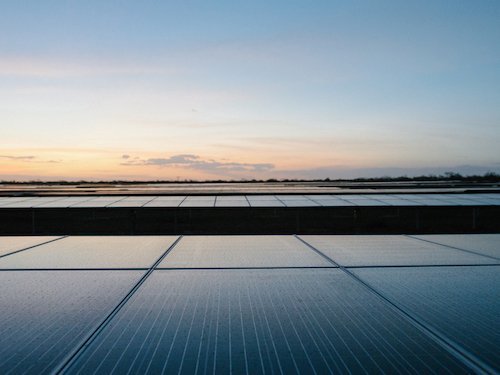From NRDC
Summary
- The Inflation Reduction Act (IRA) provided $20 billion for agricultural conservation to combat climate change.
- Congress directed the U.S. Department of Agriculture (USDA) to prioritize climate-saving practices with the IRA funds.
- The House Agriculture Committee is considering a Farm Bill Reauthorization that may undo these historic investments in climate-smart agriculture.
- Investments in scaling up climate-friendly agricultural practices are urgently needed to address the impact of climate change on farmers and rural communities.
In 2021, Congress made historic progress in fighting climate change and setting the stage for a better future when it passed the Inflation Reduction Act (IRA). The IRA provided $20 billion for agricultural conservation as a down payment to transform our agricultural economy to meet the moment. A key part of that investment included “guardrails” designed to ensure these funds are directed to the highest value climate-saving practices while also reaping conservation benefits like improved soil and water quality. The legislation directed the U.S. Department of Agriculture (USDA) to target IRA resources toward practices that deliver the biggest bang for the buck—to let science lead the way. But these “guardrails” are currently under threat.
This week, the House Agriculture Committee majority is expected to roll out a draft of its five-year Farm Bill Reauthorization that would dismantle these historic investments in climate-smart agriculture to instead fund “business as usual” practices that do too little to tackle the climate crisis and its impact on America’s farmers and rural communities.
Today, agriculture makes up 11 percent of the U.S. greenhouse gas footprint—and left unmanaged, agriculture could make up more than 30 percent of U.S. emissions by 2050.
[..]
